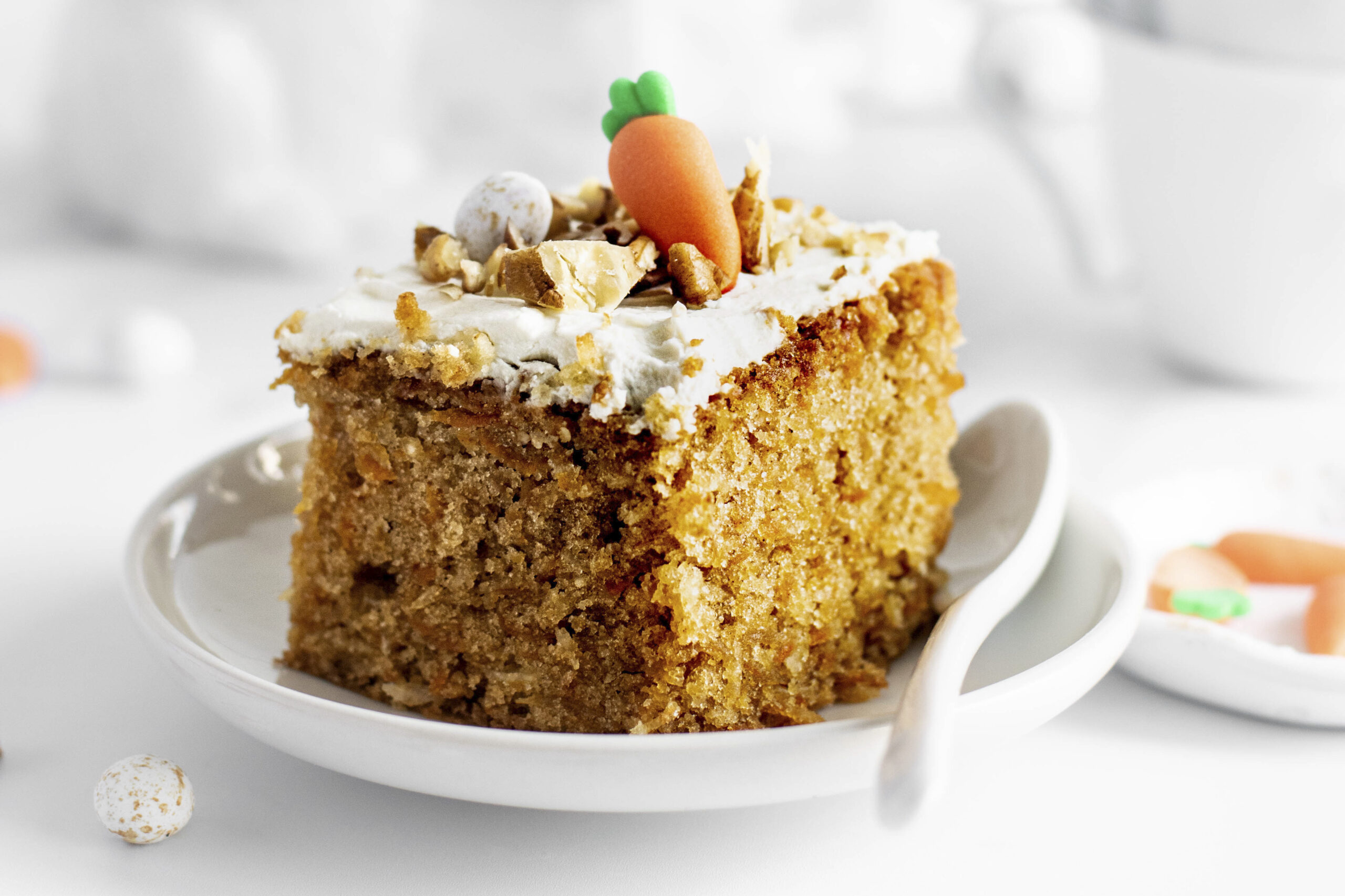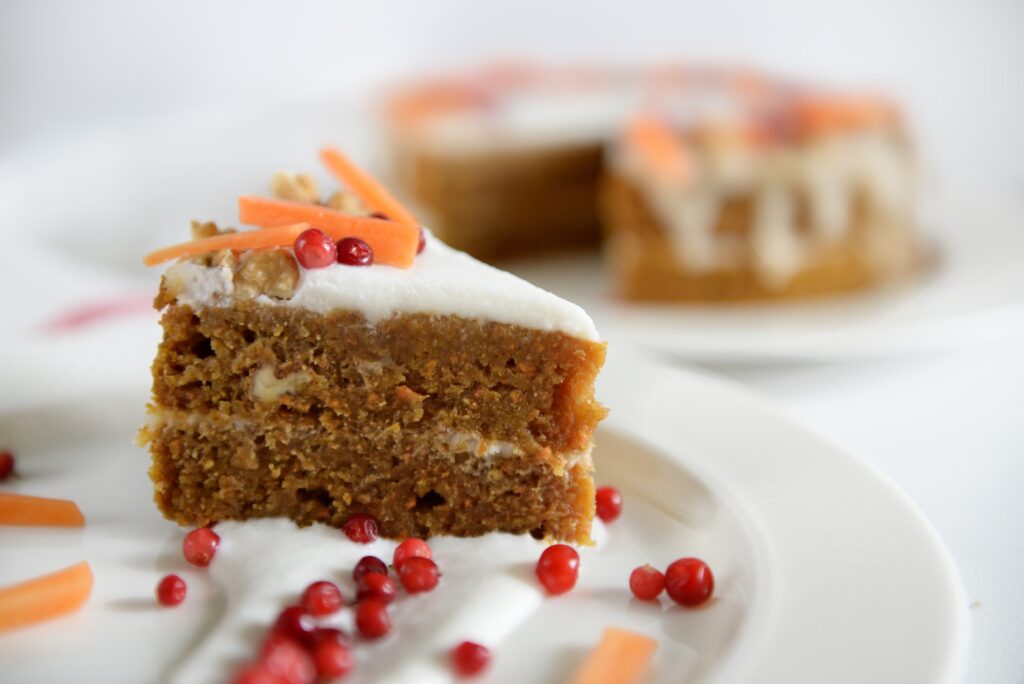- HUMOR
The 50 Best Funny Dad Jokes


Carrot cake is a timeless classic that combines the subtle sweetness of carrots with the warm spices of cinnamon and nutmeg, creating a dessert that’s both comforting and sophisticated. While the origins of carrot cake are somewhat debated, its popularity has soared due to its unique flavor profile and moist texture. Whether you’re a seasoned baker or a novice in the kitchen, mastering the art of carrot cake can be a rewarding experience. This article delves into the science-backed tips and fail-proof techniques that will guide you in creating the perfect carrot cake every time.
Creating a carrot cake that’s both flavorful and moist starts with selecting the right ingredients. Each component plays a crucial role, contributing to the cake’s texture and taste.
Baking soda and baking powder are leavening agents that help the cake rise. Understanding their roles can prevent common baking mishaps.
Baking Soda: It reacts with the acidic components in the batter, such as brown sugar and the natural acidity of carrots, to produce carbon dioxide gas, which helps the cake rise. Using too much can result in a soapy taste, so measure carefully.
Baking Powder: This is a combination of baking soda and an acid, usually cream of tartar. It provides additional leavening and ensures the cake rises evenly. It’s crucial to use fresh baking powder to avoid a dense cake.
The choice of cake pans affects the baking time and the final presentation of your carrot cake.
For a traditional layered carrot cake, opt for two 9-inch round cake pans. This size allows for even baking and creates a beautiful layered effect when frosted. If you prefer a sheet cake, a 9×13-inch rectangular pan works well. Ensure your pans are well-greased and lined with parchment paper to prevent sticking.

Follow this step-by-step method to create a carrot cake that is both delicious and visually stunning.
Moistness is a hallmark of an excellent carrot cake. Coconut oil and brown sugar are key ingredients that contribute to this desirable texture.
Coconut oil is a fantastic substitute for butter in carrot cake recipes. Its high-fat content and low water percentage help maintain moisture while adding a subtle coconut flavor. When using coconut oil, ensure it’s in liquid form but not hot, as this could cook the eggs prematurely.
Brown sugar, with its molasses content, not only enhances the cake’s sweetness but also retains moisture, preventing the cake from drying out. The combination of coconut oil and brown sugar creates a dense, rich crumb that is characteristic of a perfect carrot cake.
Carrot cake is versatile, allowing for numerous variations to suit different tastes and preferences.
Nuts: While walnuts and pecans are traditional choices, you can experiment with other nuts like almonds or macadamia nuts for a unique twist.
Fruits: Pineapple chunks or applesauce can be added to the batter for extra moisture and a fruity flavor. If using pineapple, ensure it’s well-drained to avoid a soggy cake.
Spices: For a spicier cake, increase the amount of cinnamon or add a dash of cloves or allspice.
No carrot cake is complete without a luscious cream cheese frosting. Here’s how to make it perfectly every time.
Beat 8 ounces of softened cream cheese with 1/2 cup of unsalted butter until smooth. Gradually add 4 cups of powdered sugar, 1 teaspoon of vanilla extract, and a pinch of salt. Beat until creamy and well combined.
For a thicker frosting, add more powdered sugar. If you prefer a tangier taste, incorporate a teaspoon of lemon juice or zest. Chill the frosting for about 15 minutes before applying it to the cooled cake for easier spreading.
Even experienced bakers can encounter issues when making carrot cake. Here are some common mistakes and how to fix them:
Proper storage is essential to maintain the freshness of your carrot cake.
Store leftover carrot cake in an airtight container in the refrigerator for up to five days. If you plan to keep it longer, freezing is an excellent option. Wrap individual slices or the whole cake (unfrosted) tightly in plastic wrap, then place in a freezer-safe container. Frozen carrot cake can last up to three months. Thaw in the refrigerator overnight before serving.
Mastering the art of carrot cake requires attention to detail and an understanding of the ingredients and techniques involved. By following these science-backed tips and fail-proof methods, you can create a carrot cake that is not only delicious but also a testament to your baking skills. Whether enjoyed as a simple dessert or a celebratory treat, carrot cake is sure to delight anyone who takes a bite.